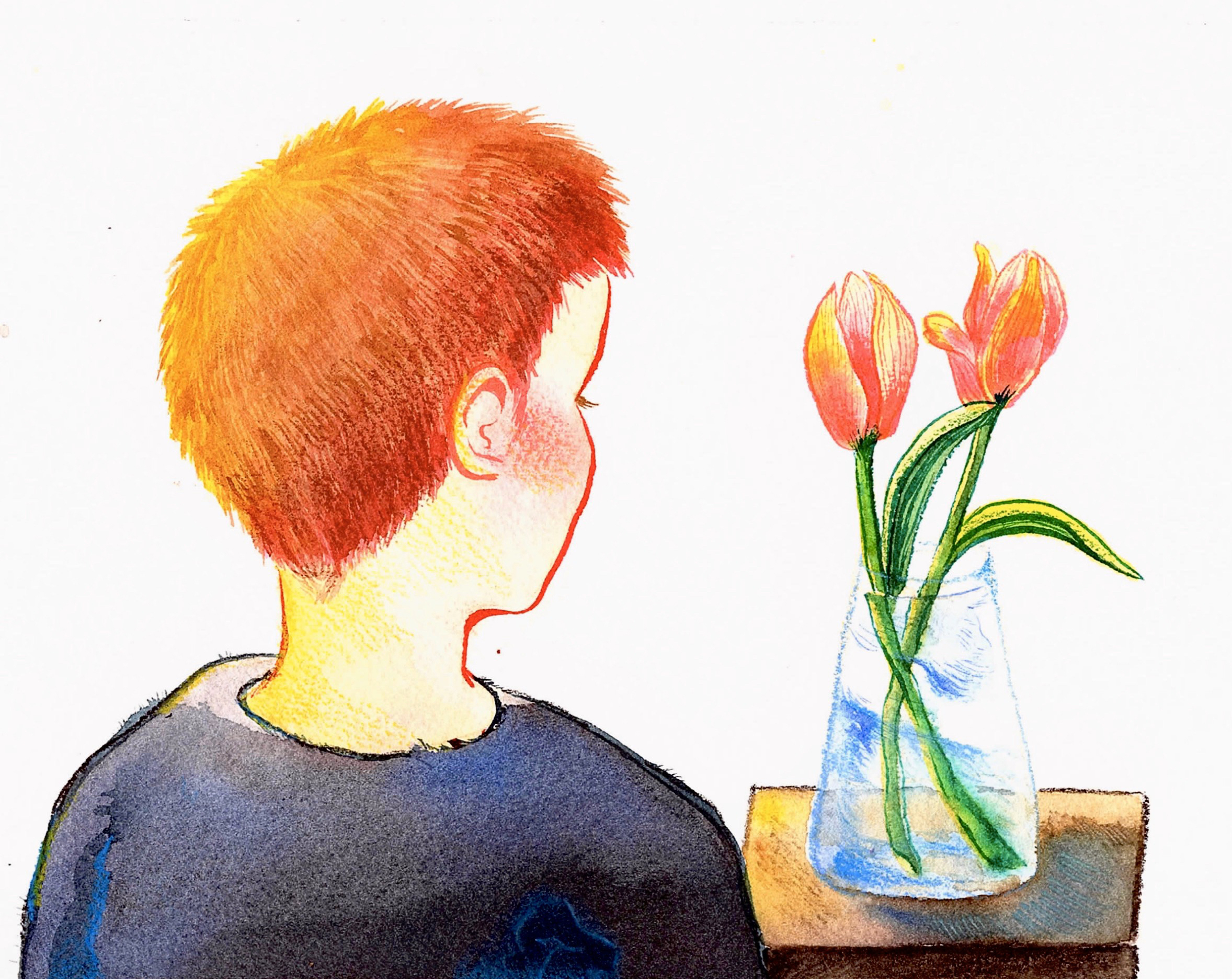Social solidarity in light of social distancing
April 2, 2020
On Sunday, February 16, a 61-year-old woman with symptoms of the coronavirus (COVID-19) attended a service at the Shincheonji Church of Jesus in Daegu, South Korea. She scanned her thumb on an electronic pad to prove attendance and prayed in a basement packed with about 1,000 other attendees whom she hugged repeatedly per church ritual. She inevitably spread COVID-19 to members throughout the church, who then infected others throughout the city and country. As of March 1, the South Korean government has linked about three-fifths of the infections in the country to this one woman, known as Patient Zero.
Some of my favorite religious rituals require physical contact: I enjoy firmly shaking someone’s hand as I look them in the eye to offer them Peace during a church service, clasping hands in unified prayer recitation or joining hands with my family to say a blessing before dinner. This physical intimacy is important for us to feel connected to and supported by one another.
Yet, during a global pandemic, we must be hyper-aware that bodies are the vehicles of a disastrous disease. It has always been this way—germ theory teaches us that microorganisms can invade our bodies and lead to infection—but now the risks of contagion are more acute and severe than they have ever been in our lifetimes as young people.
Physical intimacy as a ritual of spiritual and social solidarity has been interrupted. Places of worship have closed their doors due to the risks associated with large gatherings. The precept of social distancing bars us from congregating in large numbers, holding hands or embracing. While quarantining together, my family laughs as we touch elbows in lieu of holding hands while saying grace before dinner. We know these are necessary sacrifices.
I think the term “social distancing” is a misnomer. It actually refers to a need for the physical distancing of bodies in spaces. But while we may not be allowed physical closeness, we cannot afford to starve ourselves and each other of social support, mutual aid and spiritual intimacy. Now is the time for social solidarity.
The good news is that there are movements to support the most vulnerable people in our communities during this pandemic. There is a state-by-state resource guide of mutual aid funds where people can ask for or offer support for incarcerated, hungry, low-income, disabled, elderly and undocumented groups. Bowdoin’s McKeen Center has compiled a similar guide for how we can support midcoast Maine community organizations during the pandemic.
This pandemic has forced us to be hyper-aware of our interconnectivity as a globalized society; and, yet, we must acknowledge how such great interconnectivity comes with great responsibility. We must harness the power of social media, video communication platforms and crowd-funding platforms to support our increasingly globalized communities.
While the coronavirus presents an opportunity to stand together and support each other in a time of crisis, it also threatens to deepen divides within our communities. Namely, this virus has exacerbated racism, xenophobia and classism. Our president insists on referring to COVID-19 as “China virus” (although he issued a feeble backtrack). In his brilliant and sobering Orient column on February 28, Tianyi Xu ’23 highlights ongoing xenophobic tropes in the American media. He goes on to argue that we must resist such hate from seeping into our communities: “This virus does not have to be the end of the world—lest we allow bigotry, division and hate to kill us first.”
This is truly a defining moment—a critical juncture—in history, and we have the power to determine the outcome.
Although we have a responsibility to think about social solidarity in global terms, we also cannot neglect those most immediate to us. Personally, this pandemic brought my entire family together for the longest period of time since my older sister left for college. Acknowledging the immense privilege of having a safe and accessible home to return to in the midst of an upended school year, I tried to embrace this unique opportunity to relish the comfort of family in this time of chaotic distress. My sisters, parents and I discovered routes on local trail systems and parts of parks that I never before took the time to explore. We played frisbee in the yard. We even witnessed the bloom of a special variety of tulips that my mom planted last year—known as ‘corona tulips.’ I watched these flowers grow, meditating on these ironic, yet beautiful symbols of courage, hope and potential for growth in the midst of chaos.


Comments
Before submitting a comment, please review our comment policy. Some key points from the policy: